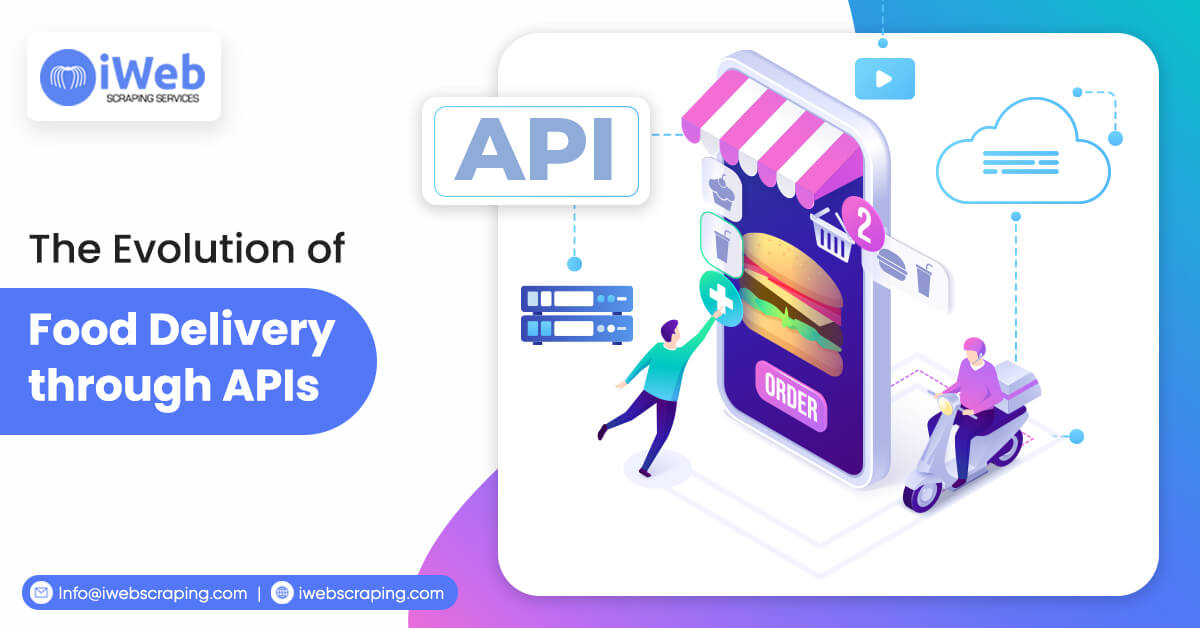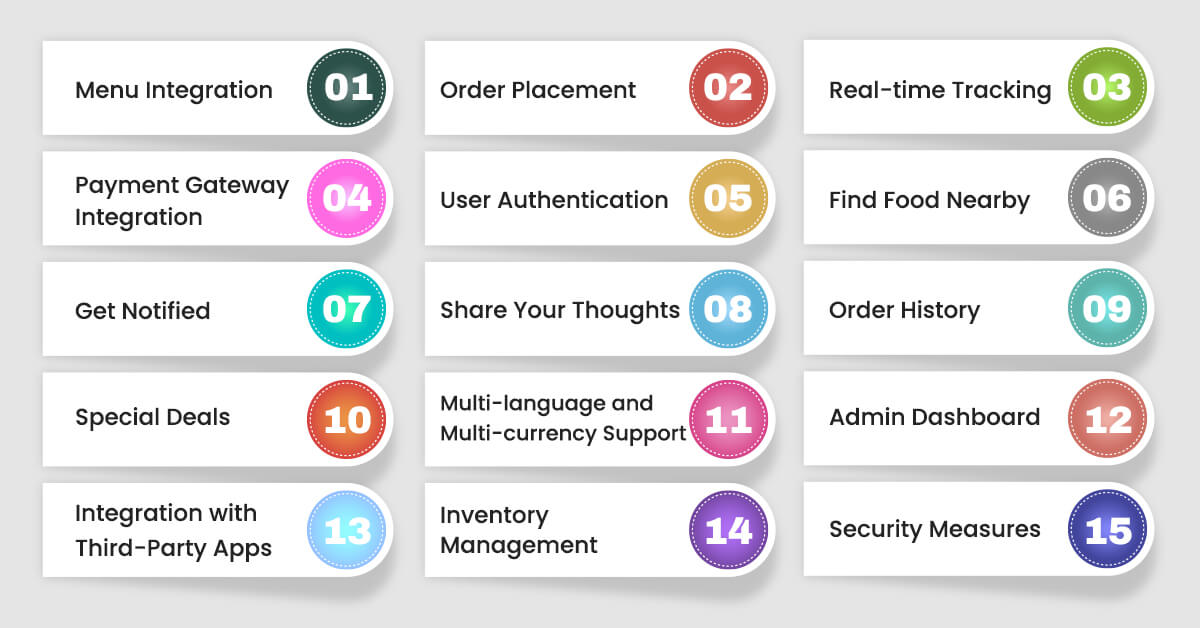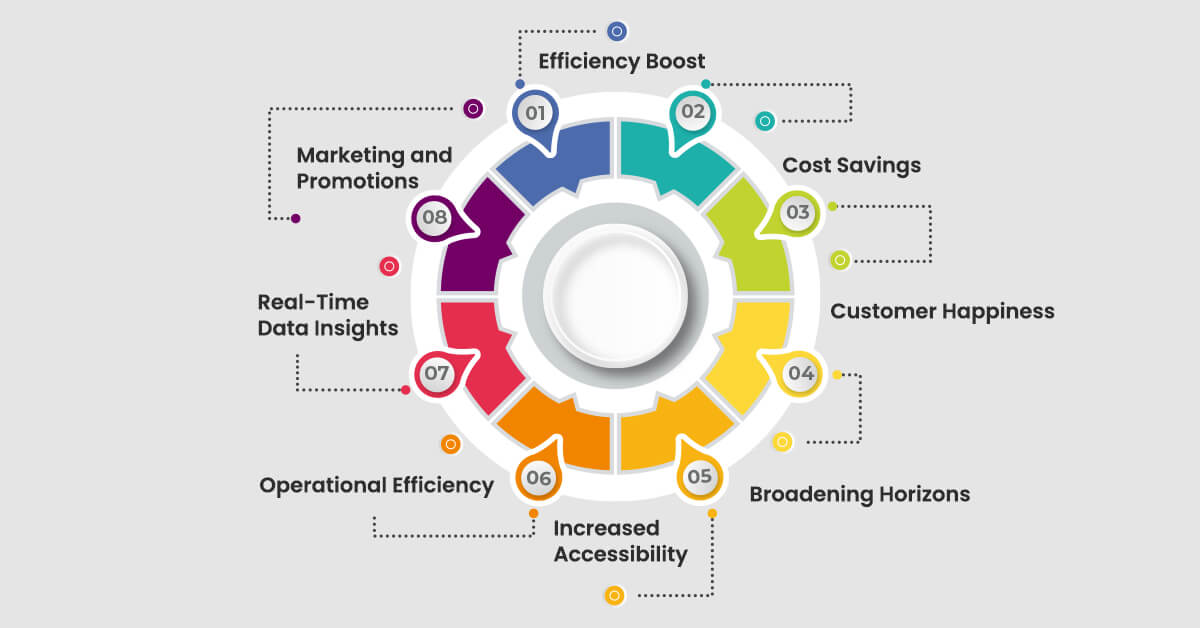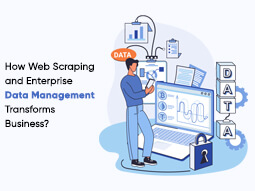The Evolution of Food Delivery through APIs

In our fast-paced world, where making life easier is vital, getting food delivered has changed a lot. Because of fancy technology, the old hassle of spending lots of time cooking or going out to eat is now a simple thing that comes to our homes. The Food scraping and food delivery API is the star of this food revolution. iWeb Scraping offers web scraping services in this domain, changing how we connect with our favorite restaurants.
What Is Food Delivery API?
Food Delivery API stands for Application Programming Interface. It is like a code that allows various apps and systems to communicate with each other. What does it do? It makes ordering and getting food delivered super easy on all these digital platforms we use. Whether you're a tech expert or a restaurant owner, you can use these APIs to add food delivery features to your app.
What Are The Features Of Food Delivery APIs?

Food delivery APIs have lots of cool features that make ordering food easier. Here are some things they can do:
Menu Integration
Restaurants can easily show their menus on the app. You can see what dishes they have, how much they cost, and even customize your order.
Order Placement
You can place orders right through the app. Tell them what you want, how much, and any things you need.
Real-time Tracking
You can track your order in real time. From when it's being made to when it's on its way to your door.
Payment Gateway Integration
You can pay for your food in different ways. The app connects with various payment methods to keep things safe and easy for you.
User Authentication
They make sure only the right people can order. It's like having a secret password so your information stays safe.
Find Food Nearby
The app can help you find restaurants close to you. It also helps you know when your food will get to you.
Get Notified
The app sends you messages about your order. It tells you when it's confirmed, on its way, and when it will arrive.
Share Your Thoughts
You can share your thoughts on the food and the restaurant. Give ratings and reviews to help others know what's good.
Order History
The app keeps a record of all your past orders. So, if you want the same yummy meal again, it's just a click away.
Special Deals
You might get special deals and discounts. They use codes or promotions to make your orders more exciting.
Multi-language and Multi-currency Support
The app can talk in different languages. It helps lots of people from various places to use it easily.
Admin Dashboard
Restaurants get a big dashboard to manage everything. They can see orders, check menus, and see how well they are doing.
Integration with Third-Party Apps
The app can work with other apps, letting more people discover and order from their favorite restaurants.
Inventory Management
The app helps restaurants keep track of what ingredients they have. This way, they can update the menu in real time.
Security Measures
They make sure your info and payments are super safe. It's like having a guard to keep everything in the app secure.
All these features make using food delivery apps easy and fun for both the people ordering and the restaurants serving. Depending on the app, there might be even more cool things it can do for different types of businesses.
How Does Food Delivery API Work?
So, imagine a food delivery API as a digital connection that links food businesses with other apps and systems. Picture it ensuring that when you order your favorite pizza, the order goes straight from the app to the restaurant's kitchen.
Here's a simple breakdown of how it works:
Access and Authentication
First off, developers need to grab an API key or token. It is like their special pass to use the API.
Endpoint Deployment
The API offers specific endpoints (URLs) that developers can use to do various things – searching for restaurants, placing orders, tracking deliveries, you get the idea!
Request and Response Layout
Developers send requests (like GET or POST) to these endpoints with specific details. The API then processes this request and gives back a structured response in a set format, usually JSON or XML.
Data Scraping
Now, the API has started working its magic. It allows developers to scrape food delivery data– from restaurant details to menu items and prices. They can even tweak this data, such as placing orders, changing addresses, or canceling orders. It's like having a digital waiter to do whatever you need.
How Have Food Delivery Apis Impacted The Food Industry?

Food delivery APIs have changed how the food industry works, making things better in many ways. Here are some simple ways they've made a big difference:
Efficiency Boost
These APIs are like business magic wands. They automate the entire ordering process, letting your team focus on other vital tasks.
Cost Savings
Food delivery APIs are like cost-cutting superheroes. Automating tasks such as order routing and dispatch, helps you save money.
Customer Happiness
They function as hidden components enhancing customer experiences. Imagine having the ability to track orders in real-time and receive estimated delivery times – customers highly appreciate such features.
Broadening Horizons
Food delivery APIs provide access to a broader customer base. You can connect your restaurant to various food delivery apps, reaching a wider audience. Now, restaurants can connect with different food delivery platforms using APIs, helping them reach more customers without spending much on new infrastructure.
Increased Accessibility
Food delivery APIs make it simple for people to explore many food options without leaving home. It helps restaurants reach more customers.
Operational Efficiency
Food delivery APIs make things easier for restaurants. They automate tasks like processing orders, sending them out, and tracking deliveries. It helps the staff focus on other important things.
Real-Time Data Insights
Restaurants can gather info on what customers like, popular dishes, and busy times. It helps them make better choices about what to put on the menu, and how to market and manage their supplies.
Marketing and Promotions
Food delivery APIs let restaurants offer discounts, promotions, and loyalty programs. It makes it more fun for you and helps restaurants attract and keep customers.
What Are The Challenges And Future Trends of Food Delivery APIs?
The challenges faced by Food Delivery APIs are as follows:
Integration Complexity
Connecting food delivery APIs with current systems can be tricky for some businesses. It takes technical know-how to make sure everything fits smoothly without causing problems.
Data Security Concerns
Handling vital customer details, like personal info and payment data, raises worries about keeping that info safe. Preventing any potential breaches is a big challenge for the people who provide food delivery APIs while scraping food delivery data.
Market Saturation
The food delivery market has become crowded with many platforms. Standing out and offering something special is a challenge for both those who've been around and those who are just starting.
Costs of Doing Business
Even though food delivery APIs help make things efficient, setting them up and keeping them running can cost a lot at the beginning and as time goes on. It can be tough for smaller businesses.
Depending on Other Platforms
Restaurants that rely a lot on other food delivery platforms might face challenges like fees, rules, and maybe losing control over how customers experience their restaurant. Finding a good balance is crucial.
Future Trends of Food Delivery APIs
Contactless Delivery Innovations
In the future, food delivery APIs might bring in new ways of delivering food without any contact. This could include cool things like using drones or self-driving vehicles.
AI and Machine Learning Integration
Food delivery APIs in the future might use really smart computers that learn from how you order. It could help suggest food you'd like, find faster ways to deliver, and predict what you might want next.
Blockchain for Transparency
Food delivery APIs could use something called blockchain to make sure everyone knows exactly where their food comes from. It would show customers real proof of where the ingredients in their meals came from.
Voice and Conversational Interfaces
In the future, food delivery APIs might understand your voice or chat with you. You could order food or ask questions using your voice or through talking with a computer program.
Subscriptions for Discounts
You might see more food delivery services offering membership in the future. This would mean paying a small fee regularly but getting cool discounts and special benefits in return.
Conclusion
Food delivery APIs are like the support system for today's food world. They make it easy and smooth for people to get their favorite meals. As technology gets better, these APIs will probably become even more important, influencing how the food industry works. It's here that iWeb Scraping becomes important, to scrape food delivery data. It's a good thing for both businesses and customers, creating a situation where everyone benefits.




